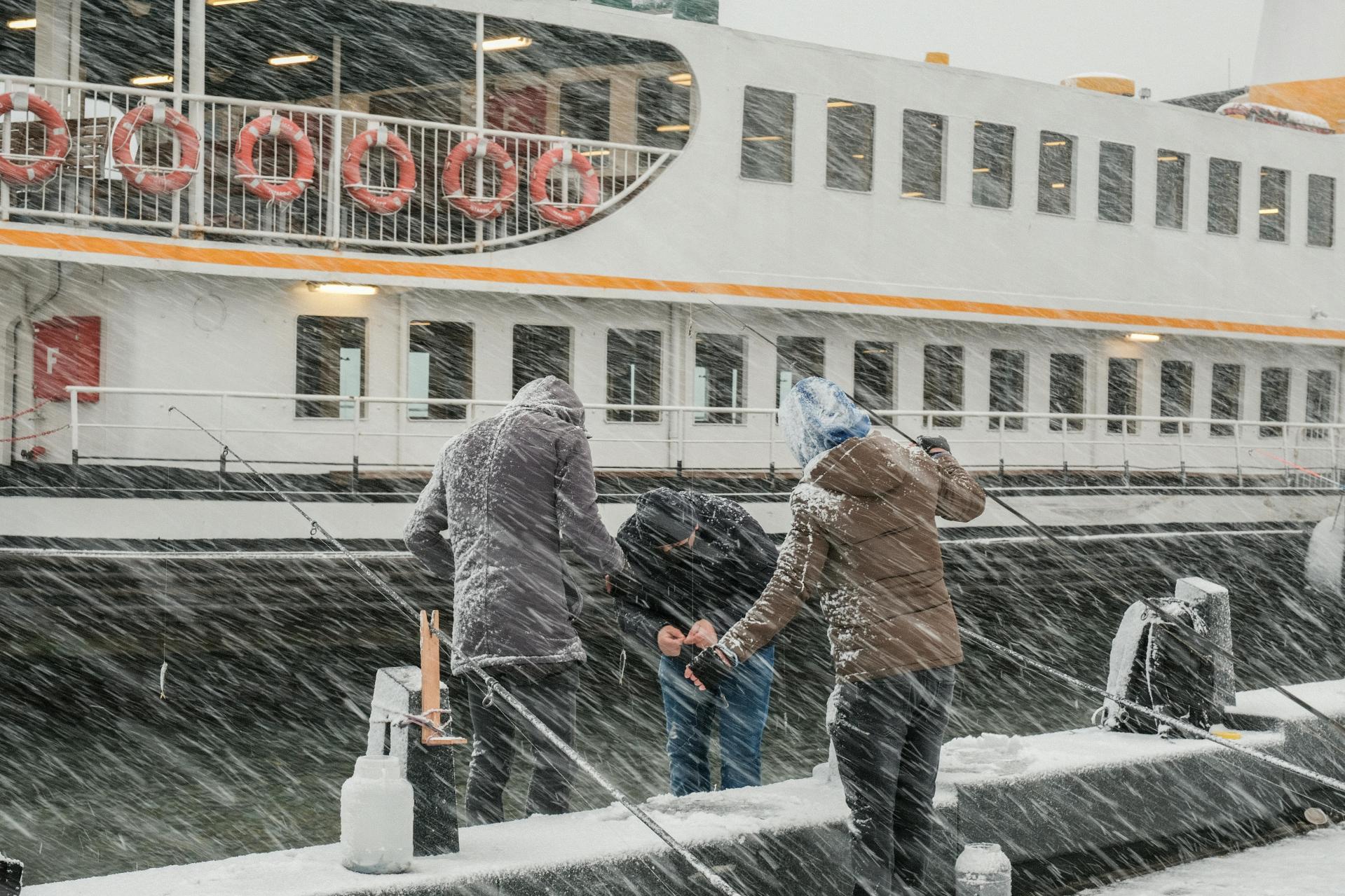By Hazel Ward, Underwriting Manager – Ports and Terminals, and Samson Rathaur, Risk Engineer, at Liberty Specialty Markets
A storm is brewing. The increasing severity and frequency of weather events caused by climate change is a challenge for (re)insurers globally, and the effects felt across multiple classes of business.[1] The patterns are complex, and the risks myriad. From hurricanes in the Gulf of Mexico, to Atlantic storms in Europe and flash flooding in Dubai, insurers have had to adapt to each unique risk and factor in the strains on infrastructure, livelihoods and global supply chains.
Ports and terminals were already at risk due to aging infrastructure; now the twin forces of climate change and the passage of time are combining to present a generational challenge for facility operators, shipping companies and insurers.
Protecting ports and terminals around the world is of paramount importance to global trading routes and (re)insurers are an important piece of the puzzle. The (re)insurance industry has been at the vanguard of responses, from providing new and innovative forms of coverage like parametric products to building resilience and advising on risk engineering.
Ports and terminals: the key sustainable global growth
A significant proportion of current global trade takes place, today as throughout history, on the seas. Shipping is a low-carbon form of commodity exchange, with all alternatives worse for the climate.[1] It is therefore imperative, both for safeguarding supply chains in the present and a climate-friendly global commodity exchange in the future, to consider how to adequately protect shipping infrastructure.
Without it, global supply chains come under strain. We saw the consequences of a severe disruption of trade through the Suez Canal during the Ever Given obstruction, and a slower-burn impediment due to drought conditions in the Panama Canal has caused further damage. Experts agree further climatic extremes are a certainty for future decades, which provides foresight for insurers when striving to prepare for and prevent increased harm.
The ports and terminals sector is often seen as a particularly vulnerable link in global supply chains. Much port infrastructure was built during the initial period of the container ships revolution, and is struggling to cope with rising sea levels, changing weather patterns and an increased chance of climatic extremes.[2]
Lock gates, for one, are seen as a significant risk factor, and – due to both physical damage and the interruption in the port’s function – a source of significant insurance claims. They need to be secured against rising sea levels and weather events, with each geographical location presenting individual and unique challenges.
Clients, whether individual facilities or large chain operators, should contact their brokers and insurers to see what expertise and insurance incentives are available. This is particularly key for smaller, independent port operators: global (re)insurance capital can provide access to additional engineering capabilities, among other assistance.
Outdated and in need of an upgrade: aging infrastructure
The marine industry is very different to what it was even a couple of decades ago. For one, the size of the ships themselves has grown significantly; compare the Panamax standard, once an unattainable ideal, now easily surpassed by the largest oceanic vessels. Port operators are very much aware of the scale of vessels and the impact handling them can have on existing infrastructure.
Even bollards or tugboats, designed for ships of a significantly lower size, are now handling vessels ten times the size or more. There is no stopping globalisation of supply chains and thus the expansion of shipping tonnage, so the infrastructure must be gradually upgraded to meet the challenge.
Again, the involvement of (re)insurers is vital: by utilising all available expertise, port operators can ensure the resilience of infrastructure for many decades.
Securing the future of the marine industry
Securing the future of the marine industry is of the utmost importance, and something (re)insurers and the shipping sector alike are focused on. The same port infrastructure that is currently under strain through the growth of global shipping traffic is now also at risk of either being underwater in the coming decades due to rising sea levels, increasingly frequent and severe storm damage, or of other potential long-term damages.
(Re)insurers are evidently observing the threat, with some large shipping companies taking matters into their own hands and hiring vast internal risk engineering teams. All available expertise must be utilised to anticipate and mitigate the risks to port and terminal facilities from both climate-related threats and the strains of increased tonnage.
By working together, facility operators, shipping companies, insurers and reinsurers can safeguard the resilience of the ports and terminals sector for years to come. At Liberty, our experienced, market-leading team has an integrated group of marine risk engineering, claims and underwriting specialists. This offering allows a one-stop shop for clients in these challenging times in the sector to ensure the best insurance solutions to fit with their evolving and varied needs.
[1] See e. g. https://www.lloyds.com/news-and-insights/futureset/futureset-insights/systemic-risk-scenarios/extreme-weather-leading-to-food-and-water-shortage/insurance-industry-impact
[2] See Environmental Performance: Comparison of CO2 Emissions by Different Modes of Transport | International Chamber of Shipping (ics-shipping.org) for a detailed evaluation of the carbon impact of shipping in comparison with other forms of commodity transport.
[3] For the history of the container ship revolution, see David Abulafia, The Boundless Sea: A Human History of the Oceans (London, 2019).


